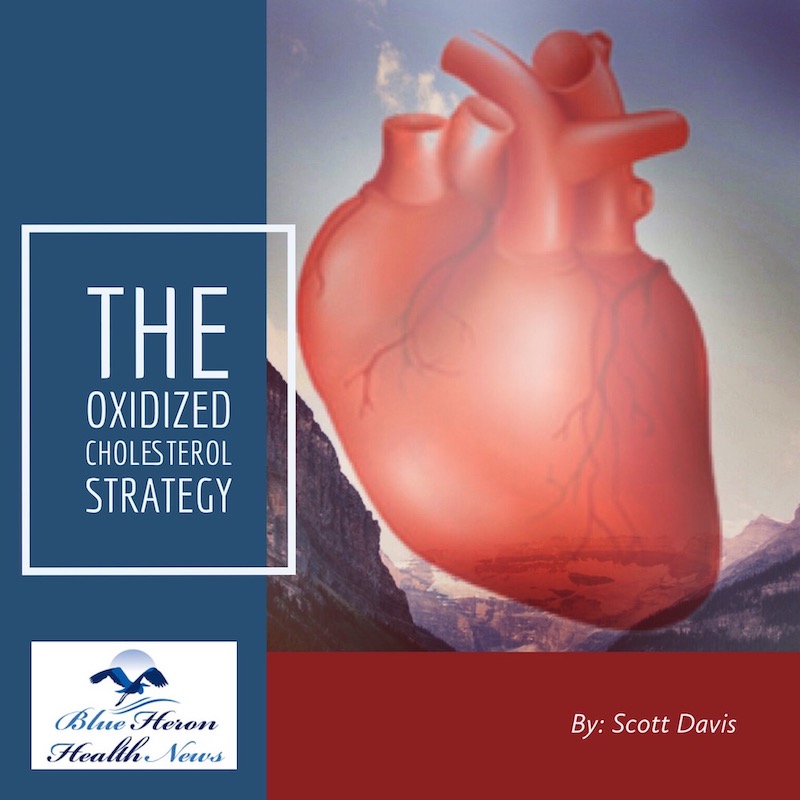Nitroglycerin is a medication with a long history and diverse applications, most notably in the treatment of certain heart conditions such as angina pectoris (chest pain due to heart disease). Beyond its medical uses, nitroglycerin is also known for its role as a key component in the manufacture of explosives, particularly dynamite. However, in this overview, the focus will be primarily on its medical applications.
Historical Background
- Discovery: Nitroglycerin was first synthesized in 1847 by the Italian chemist Ascanio Sobrero. Its explosive properties were soon realized, but it wasn’t until later in the 19th century that its medical benefits for heart conditions were discovered.
- Medical Adoption: In the 1860s, physicians began using nitroglycerin for its vasodilating effects to treat angina.
Medical Uses
- Angina Pectoris: Nitroglycerin is most commonly used to treat angina, a symptom of coronary artery disease characterized by chest pain or discomfort. Angina is typically the result of reduced blood flow to the heart muscle due to the narrowing of coronary arteries.
- Heart Failure and Myocardial Infarction: Nitroglycerin can also be used in acute settings, like heart failure or during a heart attack, to reduce cardiac workload and improve blood flow.
Mechanism of Action
- Vasodilation: Nitroglycerin works by relaxing the smooth muscles in blood vessel walls, leading to vasodilation (widening of blood vessels). This action primarily occurs in the veins, which reduces the amount of blood returning to the heart (preload), thereby decreasing the work the heart has to do.
- Reduced Oxygen Demand: By lowering the cardiac workload, nitroglycerin reduces the heart’s demand for oxygen, which is beneficial in conditions like angina where the heart’s oxygen supply is compromised.
- Coronary Artery Dilation: Nitroglycerin also dilates the coronary arteries, which can improve blood flow to the heart muscle.
Forms of Administration
- Sublingual Tablets or Sprays: For rapid relief of angina, nitroglycerin is often administered sublingually (under the tongue) as it quickly enters the bloodstream bypassing the digestive system.
- Topical Ointments and Patches: For longer-term management of chronic angina, nitroglycerin can be used in the form of skin patches or ointments.
- Intravenous Administration: In hospital settings, especially for acute heart conditions, nitroglycerin can be administered intravenously.
Side Effects
- Headaches: One of the most common side effects due to the vasodilation of blood vessels in the brain.
- Hypotension: Lowered blood pressure can occur, sometimes leading to dizziness or fainting, especially when standing up quickly.
- Tachycardia: Rapid heartbeat as a compensatory response to low blood pressure.
- Tolerance: Continuous exposure to nitroglycerin can lead to tolerance, reducing its effectiveness. To prevent this, a nitrate-free interval is often recommended.
Precautions
- Interaction with Other Medications: Nitroglycerin can have dangerous interactions with certain medications, particularly phosphodiesterase inhibitors (like sildenafil, used for erectile dysfunction), which can lead to severe hypotension.
- Usage in Hypotension and Hypovolemia: Caution is advised in patients with low blood pressure or decreased blood volume.
Conclusion
Nitroglycerin remains a cornerstone in the management of angina and certain other acute cardiac conditions due to its potent vasodilating effects. While it has notable side effects and requires careful handling, particularly in terms of drug interactions and the development of tolerance, its rapid and effective action in relieving heart pain is invaluable. As with any medication, the use of nitroglycerin should be under the guidance of a healthcare professional, ensuring that it is used safely and effectively.




0 Comments